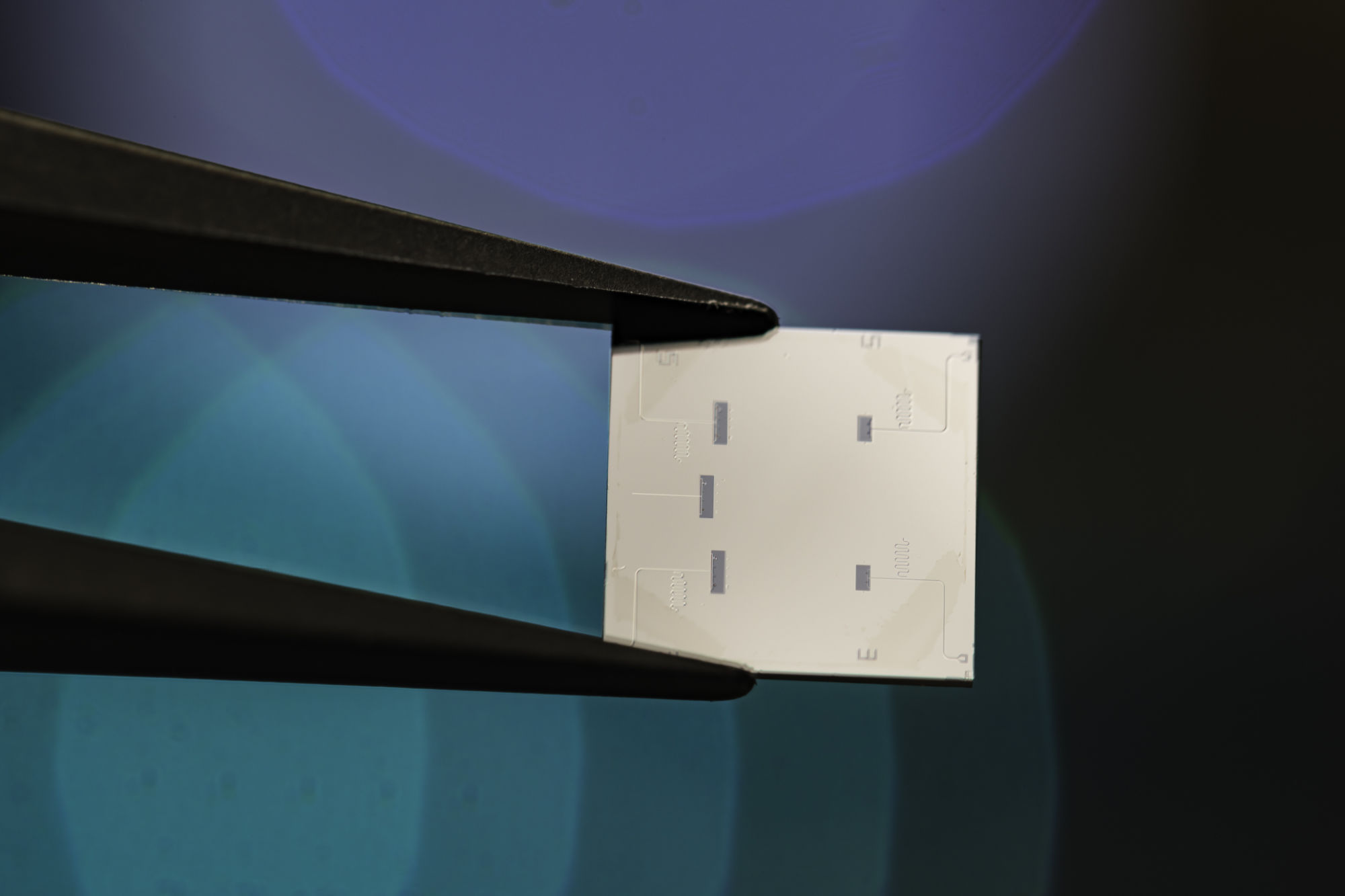Machiel Blok's research in superconducting circuits builds on the same quantum effects recognized by the 2025 Nobel Prize in Physics.
Three scientists received the 2025 Nobel Prize in Physics for demonstrating that quantum effects-specifically, quantum tunneling-can appear in larger, visible systems, not just tiny particles. They achieved this using superconducting circuits, which are large enough to be seen by the naked eye yet still exhibit quantum behavior. The discovery reveals that the quantum world and classical world aren't as separate as once believed, showing that the strange rules governing atoms can also apply to macroscopic systems big enough to hold in your hand. This insight not only deepens an understanding of nature, but also lays the groundwork for quantum technology, including the development of quantum computers.
At the University of Rochester, researchers are exploring the same quantum phenomena highlighted by the Nobel Prize-winning work, both to study fundamental physics and to develop new quantum technologies.
"For a long time, the physics community thought quantum effects were limited to individual particles like single electrons or atoms," says Machiel Blok, an assistant professor in the Department of Physics and Astronomy. "The experiments that won the Nobel Prize showed us that quantum effects can appear in much larger systems, which blurs the boundary between quantum and classical physics."
Blok's lab creates superconducting circuits with qudits, which are quantum computing units that can exist in multiple states at once. In these circuits, electrons can "tunnel" through barriers, allowing qudits to occupy two or more states simultaneously, a key property for building quantum computers. In other words, Blok's research uses the same fundamental physics recognized by the 2025 Nobel Prize to build larger-scale quantum systems that can perform computations impossible for classical devices.
"Quantum tunneling is at the core of everything we do," Blok says.

What is "macroscopic quantum mechanical tunneling"?
The Nobel Committee awarded John Clarke, Michel Devoret, and John Martinis the 2025 Nobel for "the discovery of macroscopic quantum mechanical tunneling and energy quantization in an electric circuit." To explain quantum tunneling, Blok turns to the classic metaphor of a child throwing a ball at a wall. According to the laws of classical physics, if the ball hits the wall, it bounces back. It can't pass through unless the child throws it hard enough to go over or break the wall.
In quantum mechanics, however, particles behave not just as solid objects but also as waves of probability that can spread out. For very small particles such as electrons, this wave-like nature means that part of the wave can sometimes slip through the wall and appear on the other side of a barrier. The result is quantum tunneling, a phenomenon where particles can occasionally pass through barriers they seemingly shouldn't be able to cross, according to classical physics.
Normally objects such as a ball are too big to behave like a quantum particle. But the research conducted by the 2025 Nobel laureates showed that this kind of quantum behavior can appear not only in tiny, subatomic particles but also in larger objects made of many particles.
"In essence, they built a big Schrodinger's cat,'" Blok says, referencing the famous thought experiment in which a cat can be simultaneously alive and dead-a metaphor for a system that exists in multiple states at once.

A Nobel demonstration
At URochester, Blok and his team use superconducting circuits to explore fundamental quantum behavior and develop new quantum technologies, including steps toward quantum computers and ultra-secure quantum communication networks.
"We're trying to use quantum effects to make quantum computers," Blok says. "The physical mechanisms we use, namely superconducting circuits and tunneling, are closely related to the Nobel Prize research. It's a way of turning quantum systems into quantum information."
Beyond its promise for technological advances, Blok says one of the most exciting aspects of the Nobel research is that it highlights the power of curiosity-driven science; the original experiments, conducted in the 1980s, were motivated not with practical applications in mind but by a desire to understand physics and nature.
"What is amazing to me is that these scientists were driven by very simple fundamental questions, without imagining all the ways their research could be used," Blok says. "It's a beautiful sentiment that curiosity can lead to deep answers about nature and to unimaginable possibilities."






